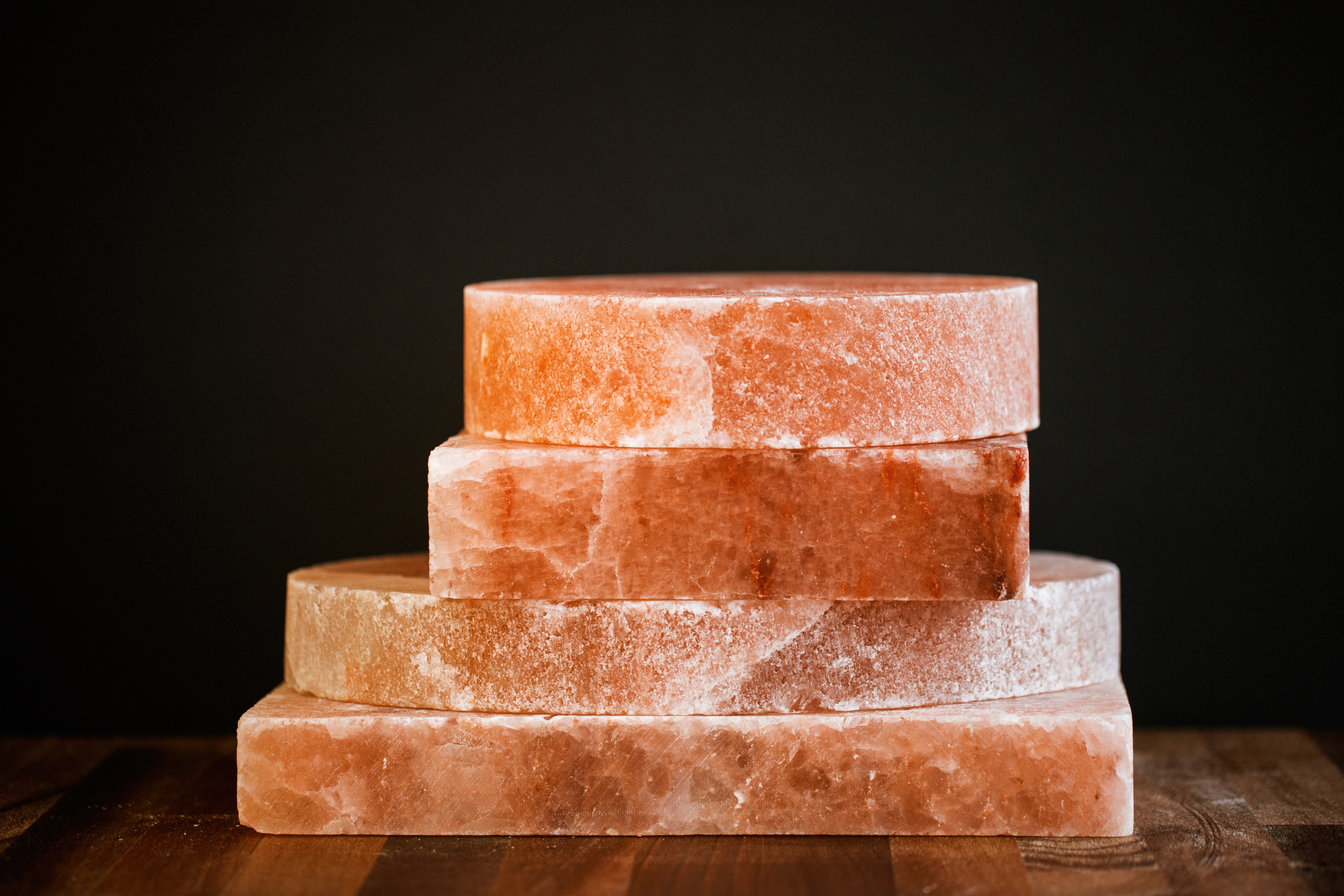
Posted by Salthouse / November 30th 2020
Getting the Most Out of Your Himalayan Salt Block
If you’re looking forward to creating new dishes with your Himalayan salt block, it’s worth remembering that the better you can take care of it, the more you will get out of it. A Himalayan salt block isn’t like a pan or pot or similar utensil that you can just shove into the drawer when you’re done cooking - you’ll need to give it a little bit of care and attention each time you use it so that it lasts longer and the food you create with it is always delicious…
To help you use your salt block properly, it’s worth making yourself familiar with a few tips and rules of thumb...
How should I prepare my salt block?
When you’re moving your Himalayan salt block from one place to another it’s a good idea to wear heavy, fire-resistant gloves: when you’re cooking you may not be able to tell that the block is extremely hot but even when it’s cold the gloves can protect your hands from scratches.
The way you place the block on the stove top is also important. You’ll want to place it on a ceramic trivet so that it doesn’t damage the surface of the stove - the same goes for cold food preparation: protect your worktop by ensuring the stone doesn’t directly contact it.
How should I heat my salt block for the first time?
The first time you heat your Himalayan salt block you’ll need to be careful that you’re distributing the heat evenly across it and removing residual moisture gradually: heat too fast and the block may expand too quickly, cracking or, in a worst case, shattering.
In order to avoid that you’ll need to heat your block in increments. You can do this on the stove top or in the oven: start at around 100 to 125 degrees for 15 to 20 minutes before raising the temperature by 25 to 50 degrees in similar increments until around 300 degrees. The whole process should take around 3 hours. You won’t need to do this every time but heating properly in the first instance will help to ensure that block lasts as long as possible.
How do I cook with my block?
It’s important to temper your salt block every time you cook which means pre-heating on the stove top before you cook, raising the temperature every 15 minutes until you reach the temperature you need. As a rule of thumb, starting temperatures are normally around 150 degrees and you’ll want to be cooking on the block from between 200 and 300 degrees. If you’re using the salt block on the BBQ, temper it on the stove (or oven) first before moving it over to start cooking.
There’s more to cooking with a salt block than heating. You’ll need to make sure your block has a solid, secure base on top of your heat source before you start cooking. You can place your block on any type of hob but if you have an electric, ceramic, halogen or induction hob, it’s worth using a dedicated heat diffuser to prevent any damage.
What if I want to prepare cold food with my salt block?
You can use salt blocks to prepare a range of cold dishes, including salads or even ice cream. Of course, you’ll need to drop the block’s temperature first by placing it in a fridge or freezer until you reach the desired temperature. If you’re curing food on your salt block, you’ll want to leave it to cool on the block for around 2 hours.
If you’ve been cooking on heat, bear in mind that it could take up to 3 hours for your block to cool properly.
How do I clean my salt block?
The key to cleaning a salt block is to be gentle: if you’re too heavy handed, or clean it too frequently, you could damage it and reduce its lifespan. Bear in mind your salt block is naturally ant-bacterial so you won’t need to use soap or submerge it in water.
Before you clean your block, make sure it has cooled down completely, then moisten it by wiping it with a wet sponge. Scrub the block with a brush vigorously enough to remove any food that has stuck to it and then pat dry with a towel. Get rid of any excess moisture by simply leaving the block to sit.
Don’t expect your block to return to its original colour: as you cook with it, it will turn a much more opaque pink.
How should I store my salt block?
Salt blocks attract moisture but, since water dissolves salt, you’ll want to avoid that as much as possible. Store your salt block in a cool dry place and try to keep humidity to a minimum.
As you continue to use your salt block, it will naturally start to wear down. Eventually it will start to crumble and break into pieces. While you might not be able to cook on it anymore you could still use the pieces to serve food or even grate them to use as seasoning.
